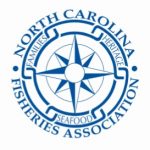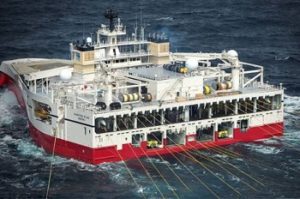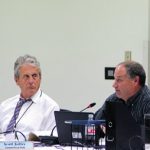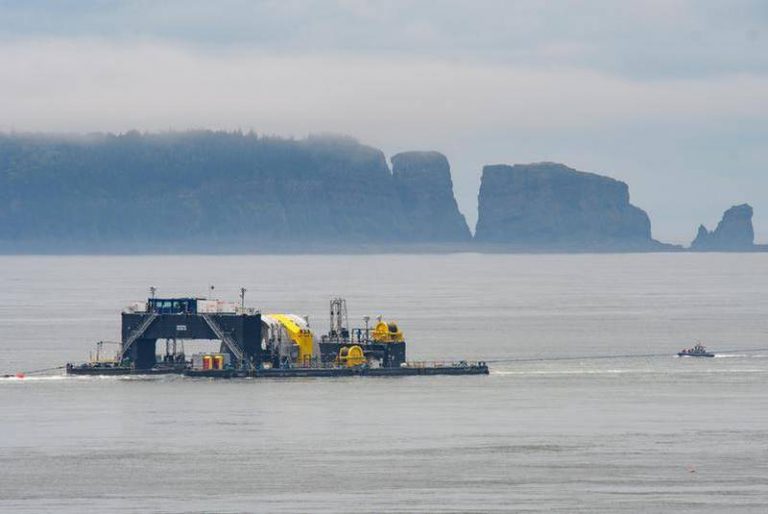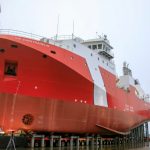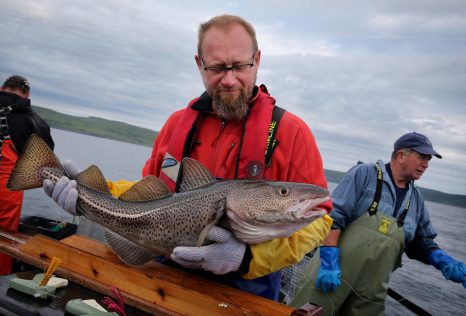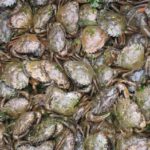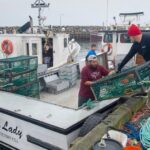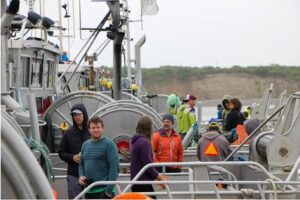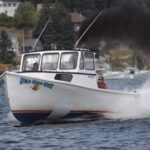Tag Archives: Pacific States Marine Fisheries Commission
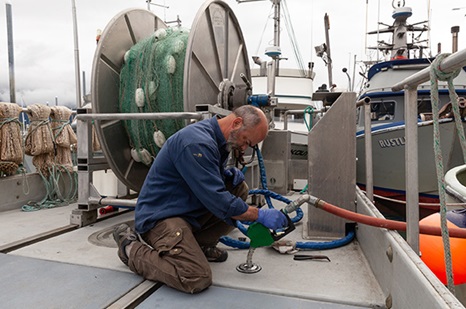
Salmon disaster relief applications for permit-holders due August 24
Federal disaster aid is on the way for some commercial fishing permit-holders in Haines and throughout the state, though many may be too wrapped up in the current season to apply for it right away. Applications for crew and subsistence users are currently available online. Unique applications for permit-holders and processors from the Pacific States Marine Fisheries Commission were mailed out on June 26 and are due August 24. Once completed the application can be mailed back to the commission or uploaded online. There’s also aid for vessel crew, and those applications are not due until September 28, but they may be harder to find. They’ll also need an affidavit from the permit holder or vessel owner they worked with to apply. more, >>CLICK TO READ<< 07:10
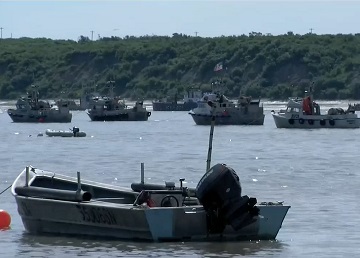
Nearly $132 million allocated for Alaska fishery disasters
The U.S. Commerce Department announced on Thursday that several Alaska fisheries are eligible to share in almost $132 million of federal disaster relief. The Yukon and Kuskokwim rivers are included after a chum and king salmon collapse last year. Impacted fishermen can share in $55 million, but that is also set to be split between fishermen from Southeast Alaska, Prince William Sound and Chignik. Gov. Mike Dunleavy submitted the disaster declaration to the federal government when applying for relief. >click to read< 10:53
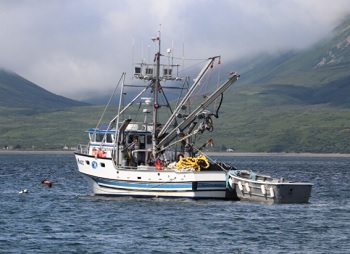
While Chignik fishermen wait on 2018 relief funds, some look beyond the fishery to survive
Aloys Kopun sat in the small harbormaster’s office in Chignik Bay last July as a few boats gently bobbed in the harbor’s turquoise water. “When we were fishing like we normally fished here, the whole harbor was always plump full,” he said. “As you can see, now, we had hardly nobody in here. And everybody’s gone tendering or went to other areas to fish, or some of them went broke.” Kopun fished in Chignik, on the Alaska Peninsula, for decades before becoming the summer harbormaster. Significantly fewer boats have returned since the Chignik sockeye run failed in 2018. Fishermen who depend on the salmon closed out that season without making a paycheck. photos, >click to read< 12:02
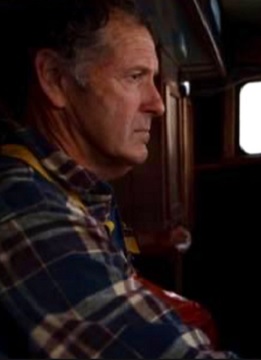
Legendary Commercial Fisherman Michael D. McHenry has passed away
“You can have that boat if you want to re-float it.” That was all Michael had to hear. He began his fishing career at age 15, fishing in the summers until he graduated from Half Moon Bay High School in 1961. After that, he went full time on the water going down to Three Rocks every day and coming in with a boat full of ling cod. In 1965, Michael bought the F/V Pescadero and continued his career, now as a salmon fisherman. When his abilities outgrew that boat, he built the Merva W and launched her in 1971. The legendary “Blue Boat” was named after his mother, Merva Wilson. She is a steel, 65-foot salmon/crab/albacore fishing boat. He made a name for himself throughout coastal California and Oregon as a fun-loving Irishman and a salmon fisherman extraordinaire. Fishermen were drawn to him as a natural leader and he led a following of fishermen nicknamed “The Z Squad.” >click to read< 18:47
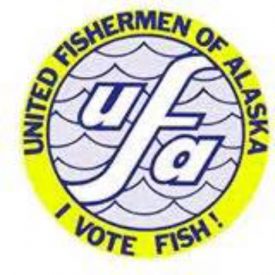
Alaska fishing industry weighs in on state’s $50m pandemic relief plan
A statewide commercial fishing industry group is asking the Dunleavy administration to justify its proposal on how to distribute $50 million dollars in federal pandemic relief for Alaska’s fishing industry. Federal guidance recommends allocating more than half of the CARES Act funds to seafood processors and just 5% to the charter fleet and lodges. But a draft released this month by the Alaska Department of Fish and Game recommends dividing the allocation evenly between sectors,, United Fishermen of Alaska, which represents the commercial fleet and processors, asked the agency to explain its rationale for boosting the charter fleet’s allocation at the expense of other sectors. UFA’s president Matt Alward signed a three-page letter to the commissioner’s office. >click to read< 12:50
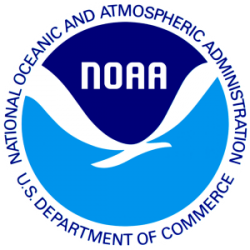
NOAA grants Alaskan Fisheries $24.4 million in disaster relief funding. When, though?!
Thursday the National Oceanic and Atmospheric Administration (NOAA), approved a $24.4 million dollar disaster relief package to help restore the loss of fisheries impacted by the 2018 pacific cod fishery disaster and sockeye salmon failure in Chignik. The money will be administered by the Pacific States Marine Fisheries Commission who will distribute the relief payments to fishermen and their deckhands, processors, and fishery research in the affected regions. >click to read< 10:26
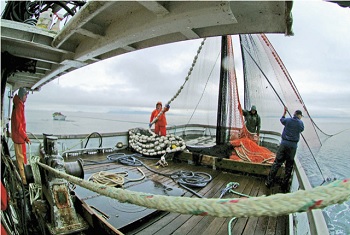
FISH FACTOR: First checks finally set for 2016 pink salmon disaster
It’s been a long time coming but payments should soon be in hand for Alaska fishermen, processors and coastal communities hurt by the 2016 pink salmon run failure, the worst in 40 years. Congress OK’d more than $56 million in federal relief in 2017, but the authorization to cut the money loose languished on NOAA desks in D.C. for more than two years. The payouts got delayed again last October,,, >click to read< 17:18
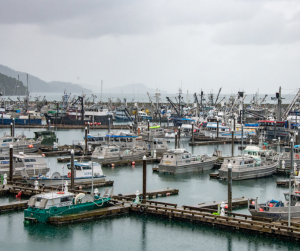
Pink salmon disaster relief payments delayed
Federal relief payments to permit holders who participated in the disastrous 2016 Gulf of Alaska pink salmon fishery have hit another snag, and now won’t be forthcoming until March. News of the payment delay, which was slated to be within six to eight weeks of the Oct. 31 deadline for skipper applications for relief reached Rep. Louise Stutes, R-Kodiak, on Nov. 15. >click to read< 17:14

Pink salmon disaster relief grant delayed to July 1
Dear Friends and Neighbors, I wanted to keep everyone in the loop regarding the follow-up to my pink salmon disaster relief update in last Friday’s paper. As I write this, it is Wednesday morning, June 5. It was anticipated that the National Oceanic and Atmospheric Administration (NOAA) might release grant funding to the Pacific States Marine Fisheries Commission (PSMFC) for distribution by this past Saturday. I reached out to Sen. Lisa Murkowski’s office on Monday to see if, in fact, that had occurred. The Senator’s office had contacted NOAA at the start-of-business on Monday and, disappointingly, the federal agency again failed to act by the June 1 deadline. >click to read<12:57
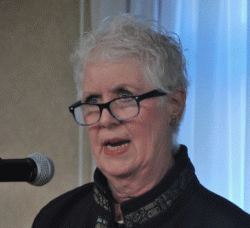
Promising news on pink salmon disaster relief funds
Dear Friends and Neighbors, As the season is either underway or close at hand for many of you, I wanted to provide a short update about where we are with the 2016 pink salmon disaster relief funding. I believe we have some promising news. Thanks in part to outreach from people like yourselves, Sen. Lisa Murkowski’s office has been putting a lot of pressure on the federal level to expedite the release of the grant funding. It appears to be having some effect. As I write this, it is Tuesday, May 28, according to new information, NOAA is aiming to release the grant funding to the Pacific States Marine Fisheries Commission (PSMFC) by this upcoming Saturday, June 1. Rep. Louise Stutes >click to read<19:37

Federal Relief for Fisheries Disasters Dating From 2015 Finally Available
Representatives Jared Huffman (D-San Rafael) and Jackie Speier (D-Hillsborough) today announced that $29.65 million in long-awaited federal assistance will be finally delivered on June 1st to North Coast fishing communities that suffered major economic impacts due to fisheries disasters dating back to 2015.,,, That federal funding, now finally announced, will be provided in June to the Pacific States Marine Fisheries Commission to distribute to individuals and businesses dependent on fishing. >click to read<14:21
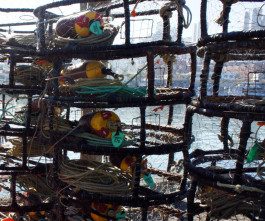
Crabbers to get federal disaster relief
The California Department of Fish and Wildlife (CDFW) has proposed a spending plan for federal Dungeness Crab disaster relief funding after taking input from fishermen, processors and charter boat operators. The state’s 2015 to 2016 commercial Dungeness and rock crab seasons were declared as fisheries disasters after being drastically curtailed due to algae blooms and the domoic acid toxin they produced. Approval of $28.8 million in federal relief funding was gained last June, with most of it covering Dungeness losses. Based on guidelines from the federal National Oceanic and Atmospheric Administration (NOAA) and feedback from industry stakeholders, CDFW proposes that 89 percent of the relief funding be spent on “direct payments” to commercial fishermen, buyer/processors and sport charter boat operations. >click to read<19:31
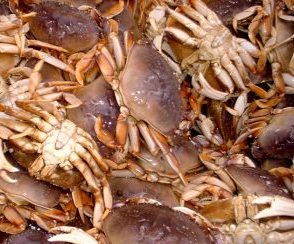
North Coast crabbers haul in above average catch in 2017-18 season worth $42 million
The North Coast had a significantly improved Dungeness crab season this year, hauling in 14.3 million of the 19.4 million pounds of Dungeness crab landed in California so far this season, according to preliminary state data provided to the Times-Standard on Tuesday. While there were a few obstacles, Trinidad crab fisherman Mike McBrayer said Tuesday that he had a much improved season thanks to a great crew and good weather that permitted him to get out on the water more days. “And there were crabs, and that’s always a good thing,” McBrayer said.>click to read<15:47
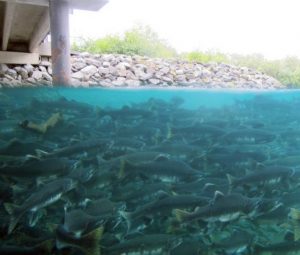
State of Alaska plans distribution of 2016 pink salmon season disaster relief funds
The state is working on distributing roughly $56 million in relief funds to those affected by the 2016 Gulf of Alaska pink salmon season disaster.,,, Julie Speegle, a spokesperson for the National Oceanic and Atmospheric Administration confirms that a spending plan is in the works, and representatives from the state, NOAA, and the Pacific States Marine Fisheries Commission met recently to discuss who will receive relief funds and how much. “The spending plan can cover a range of activities in support of commercial fisheries and support industries such as processors, fish houses, or communities affected by the disaster,” >click to read<12:43
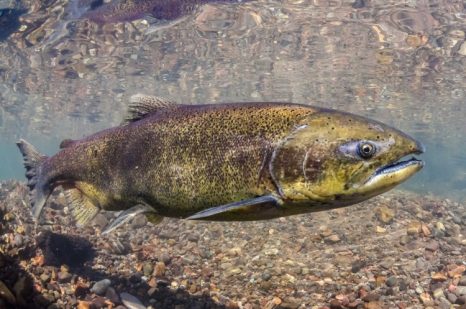
Largest Chinook salmon disappearing from West Coast
The largest and oldest Chinook salmon — fish also known as “kings” and prized for their exceptional size — have mostly disappeared along the West Coast. That’s the main finding of a new University of Washington-led study published Feb. 27 in the journal Fish and Fisheries. The researchers analyzed nearly 40 years of data from hatchery and wild Chinook populations from California to Alaska, looking broadly at patterns that emerged over the course of four decades and across thousands of miles of coastline. In general, Chinook salmon populations from Alaska showed the biggest reductions in age and size, with Washington salmon a close second. >click to read<17:14

California’s crab fleet awaits share of $200 million in disaster relief
The North Coast fishing fleet has welcomed some rare good news out of Washington, D.C., where the congressional budget deal reached last week included disaster relief funds intended to offset losses from the ill-fated commercial Dungeness crab season of three years ago. But just how much help may be on the way is uncertain and could remain so for some time. There’s bureaucracy involved, and the wheels of government often turn slowly for fishermen seeking aid. >click to read< 17:57
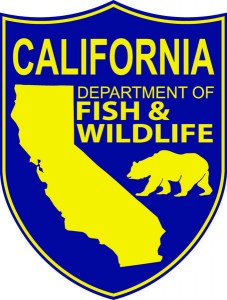
Commercial Dungeness Crab Season in Northern California Delayed Due to Crab Quality Testing
Due to poor crab meat quality test results conducted at the beginning of November, the Director of the California Department of Fish and Wildlife (CDFW) has issued a memo delaying the opening of the commercial Dungeness crab season in Fish and Game Districts 6, 7, 8 and 9 (Mendocino, Humboldt and Del Norte counties) for a minimum of 15 days until Dec. 16, under authority of Fish and Game Code section 8276.2. Crab quality tests ensure that crab are filled out enough prior to harvesting and follow the testing guidelines established by the Tri-State Dungeness Crab Committee that is overseen by the Pacific States Marine Fisheries Commission. click here to read the press release 21:15
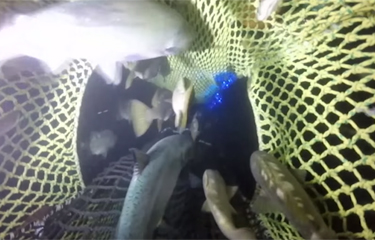
Net-mounted LED lights help reduce bycatch in Pacific hake fishery
LED lights can help reduce bycatch by aiding the escape of Chinook salmon from Pacific hake trawl nets, according to a study done by researchers at the Pacific States Marine Fisheries Commission and the Northwest Fisheries Science Center. The lights influence where salmon exit bycatch-reducing windows in the hake nets, and could increase the total number of salmon that escape, the researchers say. In a series of tests in 2015, the lights seemed to attract the Chinook salmon. During the tests, 86 percent of the salmon that escaped used the openings framed by LED lights. click here to read the story 15:48
Washington Crabbers Join Peers In Tackling Whale Entanglement Risk
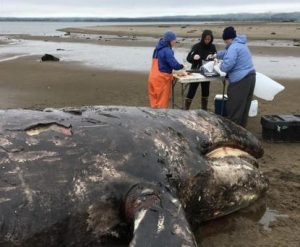 Earlier this year, a gray whale calf died after getting tangled in crab pot lines near Seaview, Washington. Now commercial and tribal crab fishermen from the Washington coast have agreed to form a working group to discuss how to reduce the risk of a repeat. Fleets in Oregon and California have previously formed similar work groups. Whale numbers along the West Coast are rebounding, but so are sightings of humpback whales, gray whales and the odd blue whale entangled in fishing lines and buoys. click here to read the story 08:55
Earlier this year, a gray whale calf died after getting tangled in crab pot lines near Seaview, Washington. Now commercial and tribal crab fishermen from the Washington coast have agreed to form a working group to discuss how to reduce the risk of a repeat. Fleets in Oregon and California have previously formed similar work groups. Whale numbers along the West Coast are rebounding, but so are sightings of humpback whales, gray whales and the odd blue whale entangled in fishing lines and buoys. click here to read the story 08:55
Bycatch Reduction Engineering Program – 2017 Awards
 NOAA Fisheries has awarded more than $2.3 million to partners around the country to support innovative bycatch reduction research projects through its . Bycatch of various species–fish, marine mammals, or turtles–can have significant biological, economic, and social impacts. Preventing and reducing bycatch is a shared goal of fisheries managers, the fishing industry, and the environmental community. click here to read the notice 14:10
NOAA Fisheries has awarded more than $2.3 million to partners around the country to support innovative bycatch reduction research projects through its . Bycatch of various species–fish, marine mammals, or turtles–can have significant biological, economic, and social impacts. Preventing and reducing bycatch is a shared goal of fisheries managers, the fishing industry, and the environmental community. click here to read the notice 14:10
Commission calls for proposals to spend 2012 Salmon Federal Fishery Disaster funds
The Pacific States Marine Fisheries Commission is asking for proposals on how to spend $2.2 million in federal disaster funds geared towards salmon research in Cook Inlet and the Yukon-Kuskokwim region. The funding opportunities will be welcome in wake of state budget cuts that claimed the Chinook Salmon Research Initiative. Randy Fisher, the commission’s executive director, said the total amount will be split between six different areas of study, with each study receiving between $20,000 and $400,000. Because the disasters were declared for Cook Inlet and the Arctic-Yukon-Kuskokwim region in 2012, the research projects will focus in the same areas. Read the rest here 14:57
is asking for proposals on how to spend $2.2 million in federal disaster funds geared towards salmon research in Cook Inlet and the Yukon-Kuskokwim region. The funding opportunities will be welcome in wake of state budget cuts that claimed the Chinook Salmon Research Initiative. Randy Fisher, the commission’s executive director, said the total amount will be split between six different areas of study, with each study receiving between $20,000 and $400,000. Because the disasters were declared for Cook Inlet and the Arctic-Yukon-Kuskokwim region in 2012, the research projects will focus in the same areas. Read the rest here 14:57
H.R. 2168 – West Coast Crab Industry applauds move toward permanent tri-state pact
 A bipartisan bill introduced April 30 would permanently extend a 17-year fishery management agreement for the West Coast’s valuable Dungeness crab fishery. Currently, Washington, Oregon and California cooperatively manage the West Coast crab fishery under a tri-state agreement first authorized by Congress in 1996. Under the agreement, the states work with the Pacific States Marine Fisheries Commission to manage stocks and conduct fishery science. The plan has to be regularly extended and is set to expire in 2016. Read the rest here 08:19
A bipartisan bill introduced April 30 would permanently extend a 17-year fishery management agreement for the West Coast’s valuable Dungeness crab fishery. Currently, Washington, Oregon and California cooperatively manage the West Coast crab fishery under a tri-state agreement first authorized by Congress in 1996. Under the agreement, the states work with the Pacific States Marine Fisheries Commission to manage stocks and conduct fishery science. The plan has to be regularly extended and is set to expire in 2016. Read the rest here 08:19
Light up the nets! Easy Solution for Shrimpers and Smelt Alike
 Along with pink shrimp, their nets often scoop up a threatened smelt called eulachon. Many shrimpers worry that the species’ vulnerability could lead to new federal restrictions on their industry. Now scientists in Oregon seem to have hit upon an effective and low-cost solution: Light up the nets. Last July, fisheries biologists Robert Hannah and Stephen Jones of the Oregon Department of Fish and Wildlife and Mark Lomeli of the Pacific States Marine Fisheries Commission chartered a shrimp trawler for an unusual experiment. Read the rest here 20:56
Along with pink shrimp, their nets often scoop up a threatened smelt called eulachon. Many shrimpers worry that the species’ vulnerability could lead to new federal restrictions on their industry. Now scientists in Oregon seem to have hit upon an effective and low-cost solution: Light up the nets. Last July, fisheries biologists Robert Hannah and Stephen Jones of the Oregon Department of Fish and Wildlife and Mark Lomeli of the Pacific States Marine Fisheries Commission chartered a shrimp trawler for an unusual experiment. Read the rest here 20:56
Researchers test bycatch reduction device for groundfish trawling – tested a new “flexible sorting grid excluder”
statesmanjournal.com. – In a series of tests that included 30 tows off the Washington coast, commercial fishermen were able to reduce the number of halibut taken as bycatch by 57 percent, while retaining 84 percent of the targeted groundfishes, according to Mark Lomeli of the Pacific States Marine Fisheries Commission, a multistate agency charged with sustainably managing Pacific Ocean resources. continued
New device may keep halibut from bottom trawlers
In a series of tests off the Washington coast, commercial fishermen used a “flexible sorting grid excluder” to reduce the number of halibut taken as bycatch by 57 percent, while retaining 84 percent of the targeted groundfish, according to Mark Lomeli of the Pacific States Marine Fisheries Commission. continued

































